#second french empire
Text
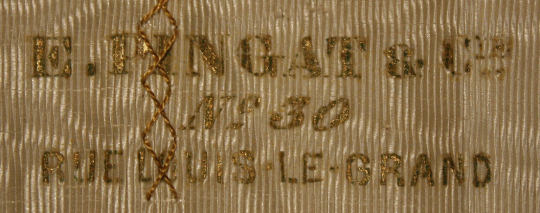
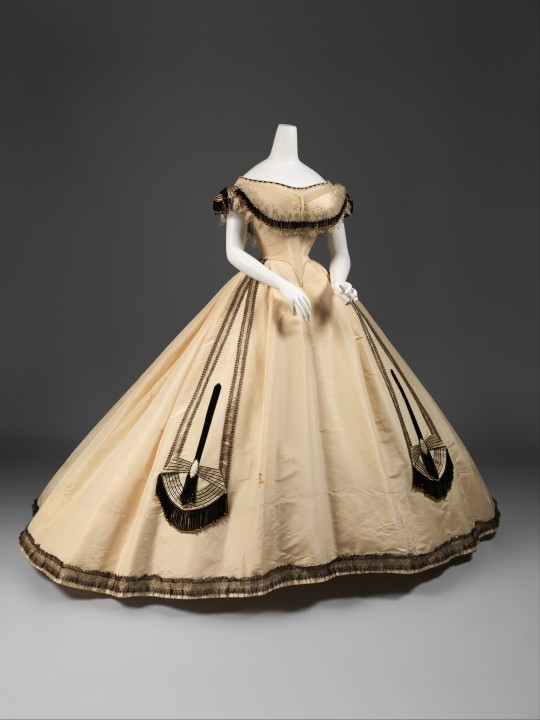
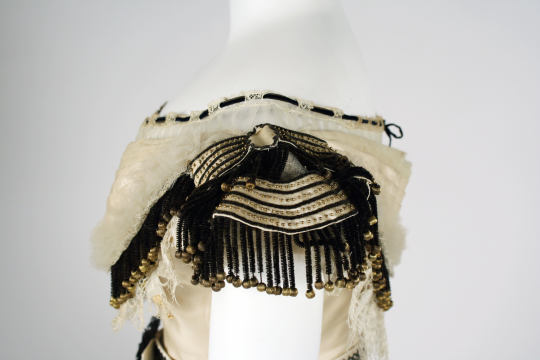

Ball Gown
Emile Pingat (Paris, France)
c.1864
The MET (Accession Number:C.I.69.33.12a–c)
#ball gown#evening dress#1860s#fashion history#historical fashion#emile pingat#pingat#1864#white#black#silk#19th century#second french empire#france#crinoline era#up close#the met
633 notes
·
View notes
Text
Annette Drevon: cantinière, soldier

"In 1880, visitors to the markets of Les Halles in Paris might have noticed an especially striking woman sitting at her vegetable stall. In her mid-fifties, with black hair and unwrinkled skin, she had an expression of ‘courage and energy’, which was perhaps unsurprising, given her past. Annette Drevon was a cantinière in the French army, a woman officially deputised to sell food and drink to the soldiers. At the Battle of Magenta in 1859, Annette was attached to the second regiment of Zouaves. During the battle two Austrian soldiers seized the regimental flag. Annette got it back: she killed the first soldier with a sabre and the second with two shots from her revolver. The regiment’s colonel pinned his own Cross of the Legion of Honour to her chest in honour of her actions.
Annette was still serving during the Franco-Prussian War of 1870, where she shot another soldier, this time a German who either insulted her or attempted to steal her Cross; she was sentenced to death but pardoned by Prince Frederick Charles of Hesse, and returned to France. She later received a small pension from Marshal MacMahon, who had commanded the who had commanded the French troops at Magenta, which she used to set up her vegetable stall.
Annette Drevon’s story is a useful reminder that for well over 400 years the normal battlefield was full of ordinary women, who were not only essential to the conduct of war but also demonstrated bravery, physical strength and the ability to stand up to tough conditions – all the things military leaders of the late twentieth century fretted that women could not do."
Forgotten warriors: The long history of women in combat, Sarah Percy
#annette drevon#history#women in history#women's history#france#french history#warrior women#women warriors#historical#historical figure#herstory#19th century#second french empire
68 notes
·
View notes
Text

Mounted Hussars Bringing in French Prisoners, Winter Scene from the Franco-Prussian War 1870/71
by Christian Sell
#christian sell#art#franco prussian war#franco german war#war of 1870#second french empire#north german confederation#kingdom of prussia#prussia#prussian#france#french#german#germany#hussars#europe#european#history#prisoners#winter#snow
132 notes
·
View notes
Text
The Walewskis and Roosevelts
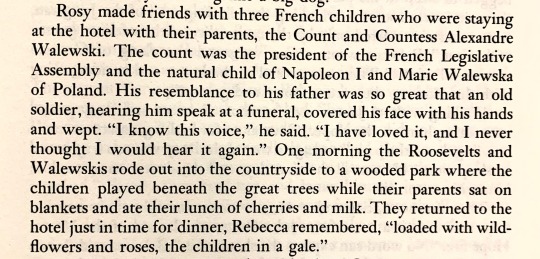
The Roosevelts befriended Napoleon’s grandchildren, the children of Alexandre Walewski. Walewski not only looked a lot like Napoleon, but apparently had a very similar voice.
Source: Geoffrey C. Ward, Before the Trumpet: Young Franklin Roosevelt, Pg. 41
To me, there’s something so nice about Napoleon’s grandbabies playing in the wildflowers & his son pleasantly eating cherries and milk 🥹
#Unfortunately the grandson here died in World War I at the age of 68.#Before the Trumpet: Young Franklin Roosevelt#Geoffrey C. Ward#Before the Trumpet#Alexandre walewski#walewski#Napoleon#Roosevelt#franklin roosevelt#napoleonic era#napoleonic#napoleon bonaparte#quotes#Napoleon’s family#Napoleon’s children#second empire#2nd empire#2nd French empire#second french empire
21 notes
·
View notes
Photo

Fancy-dress design representing the Alphabet, Jules Helleu, Paris, 1860s
#fancy dress#costumes#costume designs#Jules Helleu#Paris#france#Second French Empire#19th century#watercolor#1860s#europe#fashion designs#historical fashion
136 notes
·
View notes
Text
haven't been thinking of my beloved eugenie in while now but she's still so precious to me
3 notes
·
View notes
Photo

(vía Basílica del Sacre Coeur (1))
#arquitectura#architecture#Siglo XIX#19th century#Basílica del Sagrado Corazón#parís#Francia#France#Sacre Coeur#Paul Abadie#Guerra Franco-Prusiana#Franco-Prussian War#Second French Empire#Segundo Imperio Francés#Historia#History#Fotografía#Photography#Arte#Art
2 notes
·
View notes
Text

The Prince Imperial (Louis-Napoléon Bonaparte, son of Emperor Napoleon III and Empress Eugenie) in 1878
3 notes
·
View notes
Photo
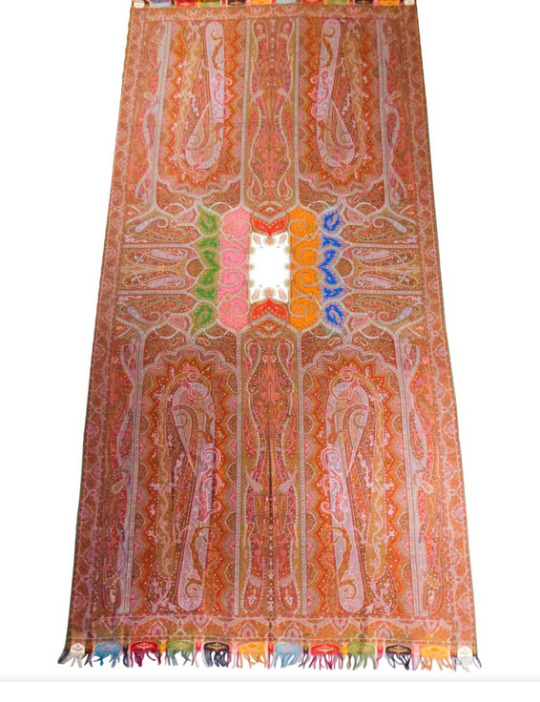


Woven, Not Printed: A Paisley Shawl from 19th Century Paris
Earlier this week, I was admiring the many beautiful printed designs on silk and rayon scarves offered up in the book Scarves. They were printed designs and for some reason when I saw this long shawl on 1st Dibs, I assumed it was printed too. How else could they have used so many colors in so many intricate patterns? The answer is a jacquard loom using 8 different colors. See the last image for the back side of this shawl where the non-dominant colored threads are hidden behind.
They date it to around 1860, so from the Second French Empire. Paisley patterns, borrowed from India, were already fashionable then. While we often see stoles of 6 feet in length and a foot and a half in width today, this one is a whopping size. Almost 5 feet wide and more than 10 feet long. So long that you wonder if anyone actually wore it-- I know I would feel swamped by it, even if it is indeed thin--or if it was used to drape over a sofa instead.
You can find it here: https://www.1stdibs.com/fashion/clothing/coats-outerwear/long-french-paisley-shawl-polychrome-center-circa-1860/id-v_6601412/
#shawls#paisley shawl#vintage shawl#jacquard loom#jacquard#second french empire#1stdibs.com#stoles#vintage stoles#costume history#dress history#fashion history
12 notes
·
View notes
Text

Types Militaire France 1864 Offr De Hussards Pte Tenue by Draner.
2 notes
·
View notes
Text
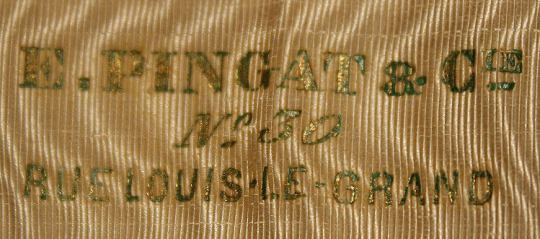

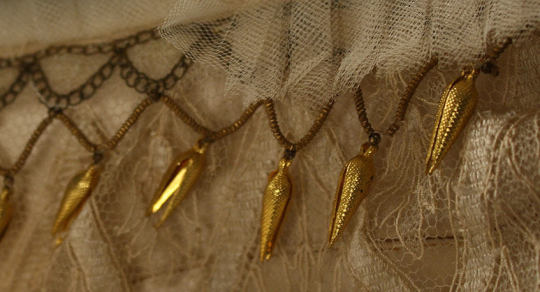
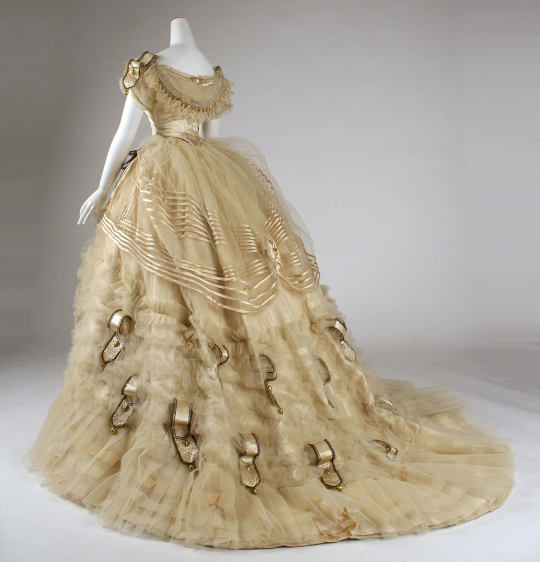
Ball Gown
Emile Pingat (Paris, France)
c.1864
The MET (Accession Number: C.I.69.33.1a, b)
#ball gown#evening dress#1860s#fashion history#historical fashion#up close#pingat#emile pingat#france#silk#second french empire#19th century#crinoline era#1864#the met#playing a bit with my layouts
352 notes
·
View notes
Text
Napoleon and Josephine
I love them, they are my favourite couple ever since I studied French history at middle school. I know that she probably didn't love him at the beginning of the marriage, they cheated on each other and broke up, but I also know that they remained good friends after the divorce, and I like to think that they might have cleared up and gotten back together, if an afterlife exists (I hope so). I know that I probably have strange ideas, because the majority of people doesn't ship real people or people dead for 200 years.
Sorry for this outburst, but I didn't know any other place to express myself, I was a bit afraid of other people's judgments😅
Ps. I think that "Summertime Sadness" by Lana Del Rey is good for them (or maybe "I wanna be yours" by Arctic Monkeys)
CREDITS: I found this beautiful drawing on Pinterst, published by "Cecilia", but this work was drawn by rivaldii

#napoleon#napoleon bonaparte#josephine de beauharnais#ship#couple#history#historical couple#period drama#french history#french revolution#empire#napoleonic empire#neoclassicism#empereur#empress#love#destiny trope#second chance romance#second chance at love#second chances#second chance love#opposites attract#opposites attract trope#second chance trope#second chance#second chance love trope#instant love#instant love trope#Spotify
37 notes
·
View notes
Text

French 6th Dragoon Regiment, Crimean War 1854-1856
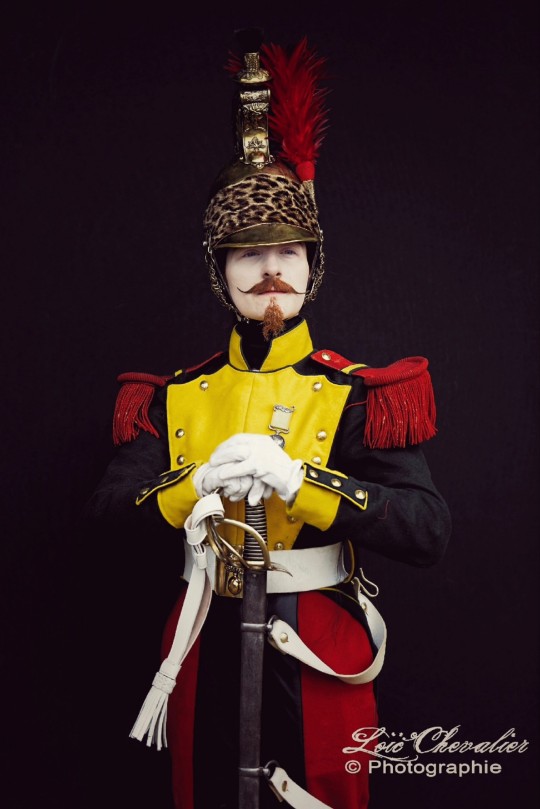
#french history#military history#cavalry#history#military aesthetic#dragoon#napoleon bonaparte#reenactment#napoleon iii#napoleon 3#second empire#french military#Crimean War#light cavalry#eupatoria
41 notes
·
View notes
Text
So the historian Hippolyte Taine did not like Napoleon’s mother:
“His mother, Laetitia Ramolini, from whom, in character and in will, he derived much more than from his father, is a primitive soul on which Civilization has taken no hold. She is simple, all of a piece, unsuited to the refinements, charms, and graces of a worldly life; indifferent to comforts, without literary culture, as parsimonious as any peasant woman, but as energetic as the leader of a band.”
According to Patrice Gueniffey, he also called her “slovenly”, which pissed off one of Napoleon’s nieces, Mathilde, who banned him from her literary salon because he randomly insulted her dead grandmother.
#quote source: The Origins of Contemporary France Volume 5#Napoleon#Napoleon’s mother#letizia Bonaparte#mathilde bonaparte#Patrice Gueniffey#history#taine#hippolyte taine#quote#quotes#Napoleon’s family#napoleonic era#napoleonic#first french empire#french empire#19th century#2nd empire#second French empire#2nd French empire#napoleon bonaparte#1800s#France#French
19 notes
·
View notes
Photo
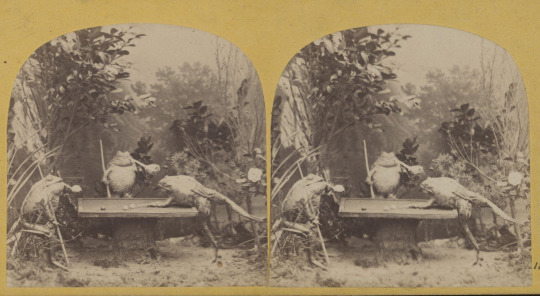
stereograph of frogs playing pool, by Henri Tournier and Charles Furne, c. 1860
#photographs#stereograph#aka you would look at these through a stereoscope and it would have a 3D effect#thats why there are two#frogs#personification#animals#amphibians#pool#1860s#france#19th century#europe#second french empire
10 notes
·
View notes
Text
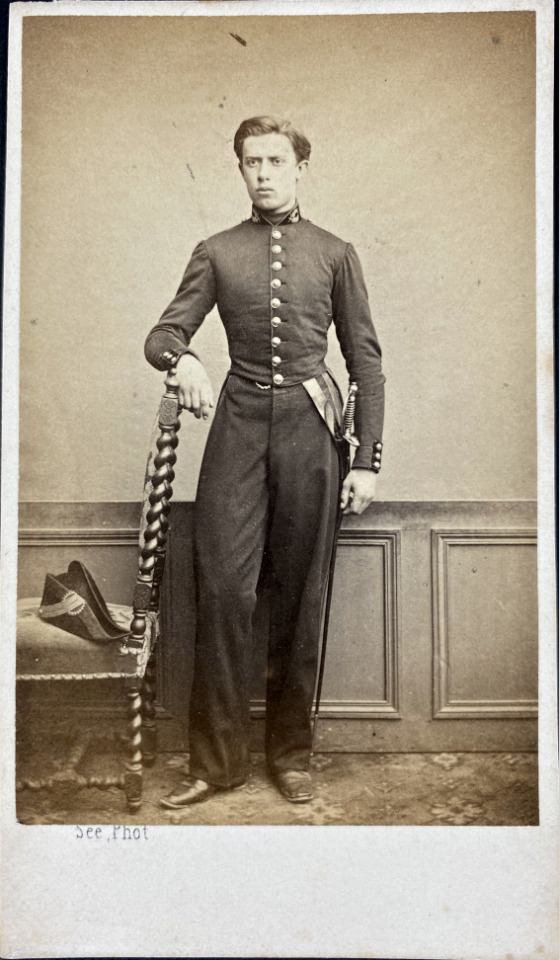
Carte de visite of a dashing young French military student, circa 1870
#once again the French army is here to slay#perhaps the most tight-laced military organization in history#19th century#1800s#1870s#19th century photography#carte de visite#cdv#19th century fashion#men's fashion#historical fashion#fashion history#uniforms#military fashion#military history#second empire
138 notes
·
View notes